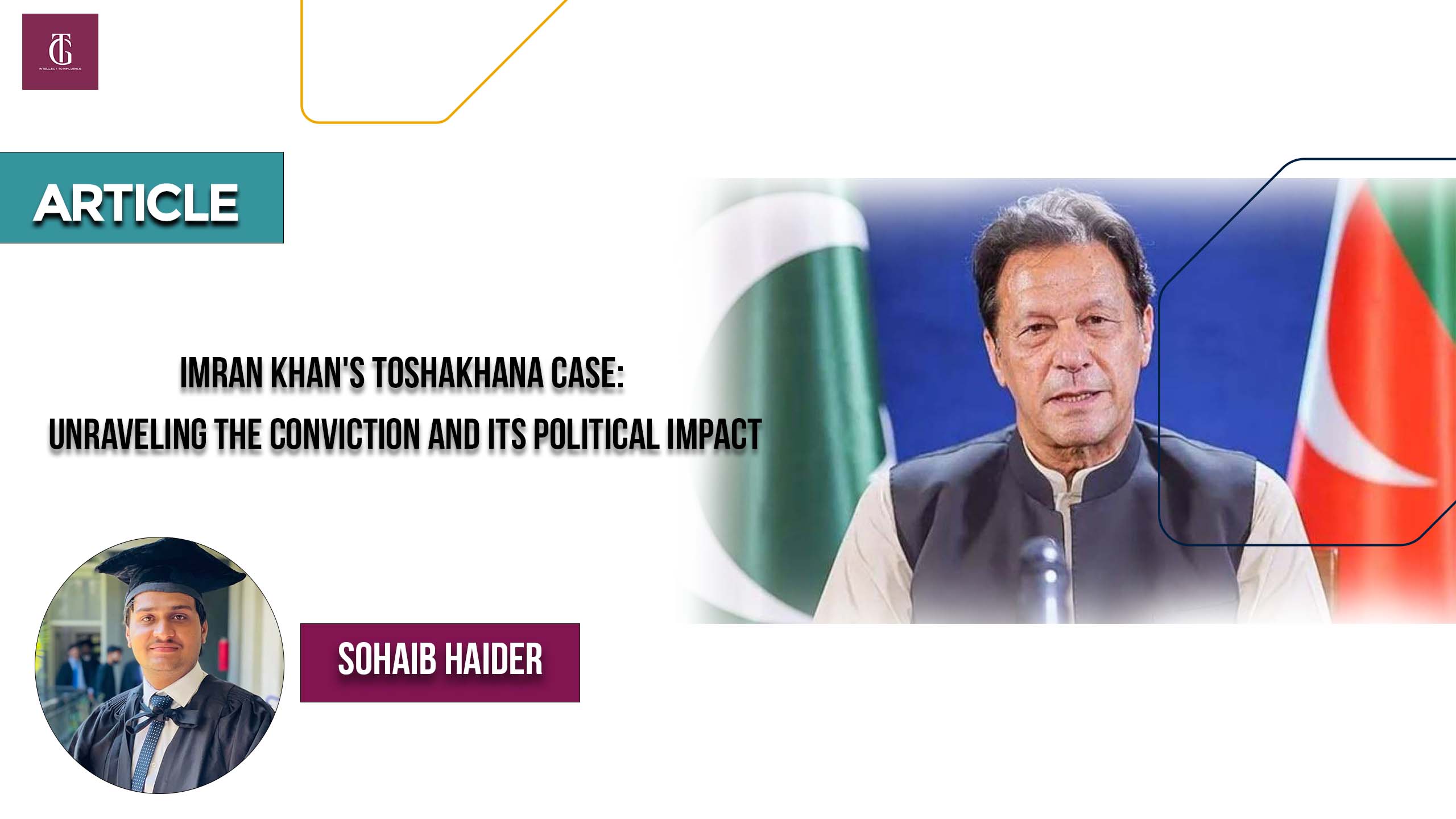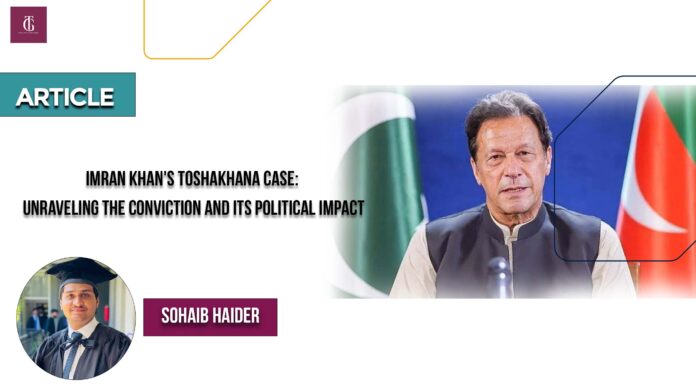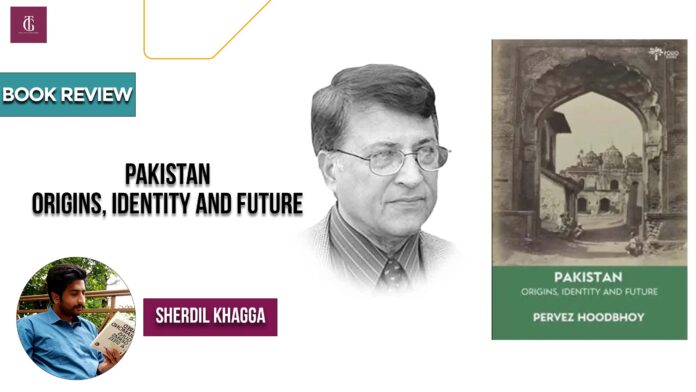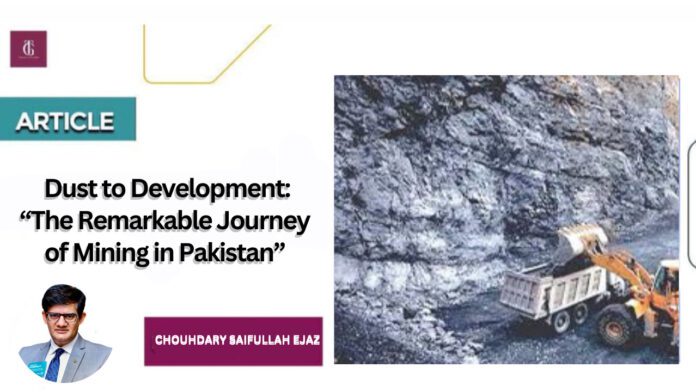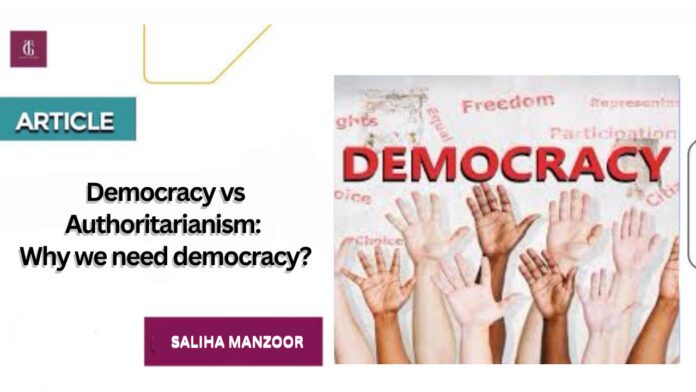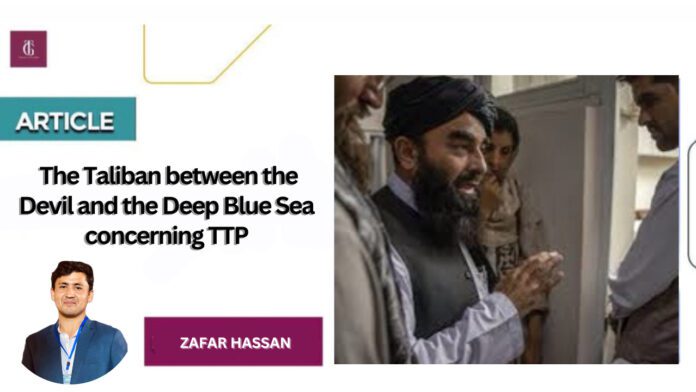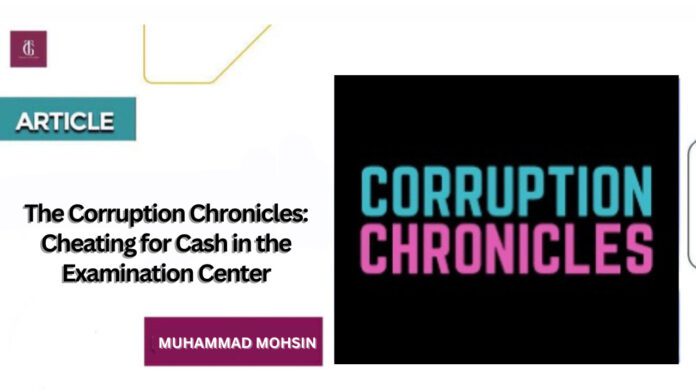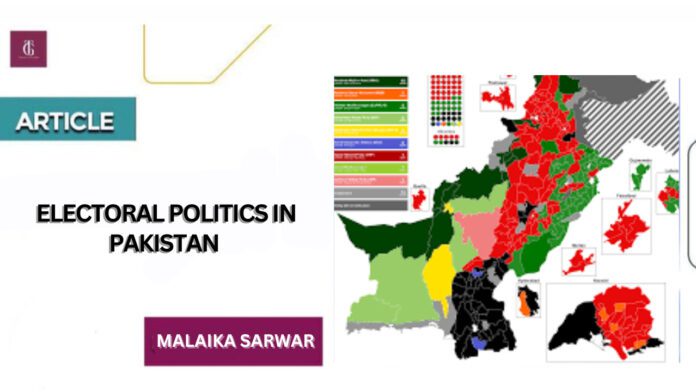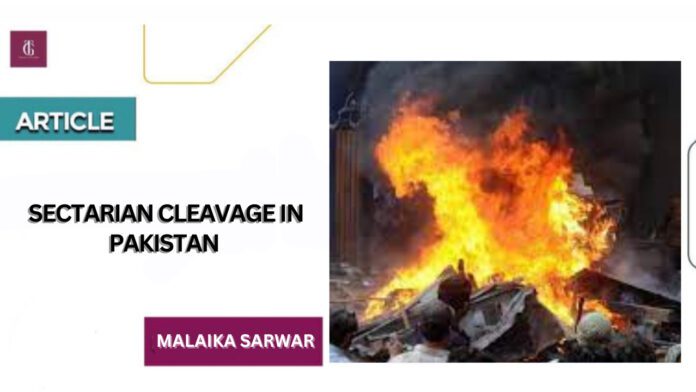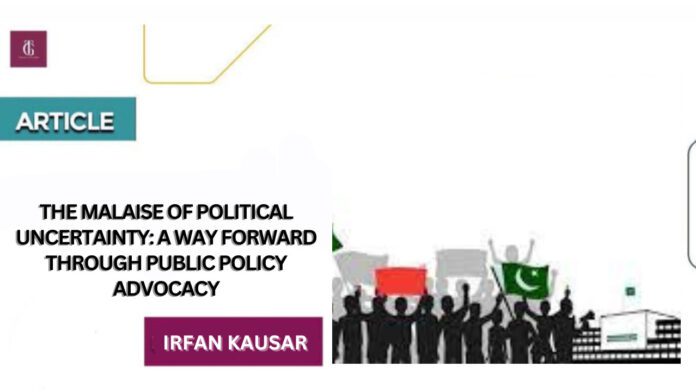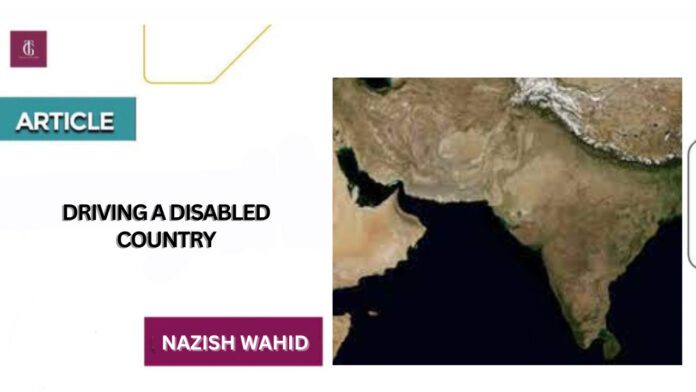The Islamic Republic of Pakistan, nestled at the crossroads of South Asia and the Middle East, embraces a glittering tapestry of mineral riches that tell an enthralling tale of its mining industry’s rise. Home to an abundance of precious minerals, including copper, gold, iron, and a myriad of dazzling gemstones, such as rubies, sapphires, and emeralds, Pakistan’s geological canvas exudes unparalleled allure.
Embarking on an evolutionary trajectory, Pakistan’s mining sector has emerged as a vital cog in the nation’s economic engine. The abundance of mineral reserves, estimated to be valued in trillions of dollars, holds tremendous promise for the country’s economic growth, contributing substantially to the national GDP and opening vistas of revenue generation and employment opportunities.
As this captivating mining journey unfolds, it beckons the attention of international investors and industry experts seeking to partake in the nation’s mineral wealth. Foreign investments and joint ventures are poised to unleash Pakistan’s mining potential, fostering technological advancements and financial backing for the sector’s flourishing growth.
A compelling mining narrative necessitates the fortification of the sector’s backbone – the infrastructure. The development of robust transportation networks, power supply, and communication facilities forms the bedrock for efficient mining operations, facilitating seamless movement of minerals from extraction sites to the global marketplace.
While the lure of economic prosperity is undeniable, the article underscores the significance of responsible mining practices that traverse the terrain of sustainability and social responsibility. Striking a harmonious chord between economic growth and ecological preservation ensures that Pakistan’s mineral wealth becomes a catalyst for lasting prosperity while safeguarding the environment for future generations.
In this captivating journey of mining, a robust regulatory framework guides the sector toward ethical practices and fosters an environment of transparency and accountability. By embracing sound governance, Pakistan sets the stage for a thriving and sustainable mining industry that attracts investors and garners public trust alike.
Pakistan’s mining expedition holds the promise of transforming its rich mineral bounty from mere dust into a tapestry of development and prosperity. Guided by sustainable practices, international partnerships, and sound governance, the nation aspires to shine as a formidable contender in the global mining arena.
1. Pakistan’s Geological Marvels
The geological diversity of Pakistan stands as a marvel in its own right. The country’s geographic expanse encompasses mountain ranges, plateaus, deserts, and fertile plains, each harbouringunique mineral deposits. The Balochistan province, bordering Iran and Afghanistan, is widely regarded as the country’s mineral-rich region. It boasts an abundance of copper and gold reserves, attracting significant attention from domestic and foreign mining companies alike.
In contrast, Khyber Pakhtunkhwa, flanked by the towering Himalayas, houses large reserves of chromite, magnesite, marble, and precious gemstones, including emeralds and rubies. The arid landscapes of Punjab and Sindh are home to coal and natural gas reserves, contributing substantially to Pakistan’s energy mix. Furthermore, the Gilgit-Baltistan region is renowned for its world-class gemstones, adding to the nation’s unparalleled mineral bounty.
2. Economic Implications: Unleashing Pakistan’s Potential
The mining industry in Pakistan holds immense potential for the nation’s economic growth and development. The extraction and processing of minerals have historically played a pivotal role in contributing to the country’s GDP. As the mining sector advances, it presents a promising avenue for revenue generation and job creation, fostering economic prosperity across various sectors.
Moreover, the revenue generated from mining activities can be reinvested in vital infrastructural development, education, and healthcare systems, propelling Pakistan toward becoming a self-reliant and economically stable nation. By leveraging its mineral wealth, Pakistan can reduce its dependence on imports, strengthen its industrial base, and boost export capabilities, establishing its prominence in the international market.
3. Attracting International Interest: Foreign Investments and Joint Ventures
Recognising the vast potential of Pakistan’s mineral reserves, the global mining community has expressed keen interest in exploring investment opportunities within the country. Foreign direct investments (FDIs) and joint ventures with renowned mining conglomerates offer a promising route to accelerate growth and technological advancement within the sector.
Collaboration with international partners allows Pakistan to tap into advanced mining techniques, operational expertise, and financial resources, all of which are instrumental in unlocking the true value of its mineral wealth. Simultaneously, such partnerships foster knowledge transfer and capacity building, empowering the local workforce to actively participate in and contribute to the growth of the mining industry.
4. Infrastructural Development: Laying the Foundation for Success
A thriving mining sector necessitates robust infrastructural support. The transportation of minerals from remote mining sites to processing plants and export terminals is a crucial aspect of ensuring the industry’s smooth functioning. A well-connected network of roads, railways, and ports is indispensable for efficient logistical operations.
Furthermore, a reliable power supply and communication infrastructure are vital to facilitate uninterrupted mining activities. Governmental and private stakeholders must work hand in hand to create an enabling environment that fosters the development of critical infrastructure and ensures a seamless flow of minerals from mines to markets.
5. Embracing Sustainable Practices: A Prerequisite for Progress
As Pakistan embarks on its mining journey, it is imperative to adopt sustainable practices that safeguard the nation’s natural resources for future generations. The impact of mining on the environment requires careful consideration andmitigation measures. Responsible mining practices, including land reclamation and environmental conservation, are essential to strike a harmonious balance between economic growth and ecological preservation.
In addition to environmental concerns, mining operations can significantly influence the social fabric of the communities living in proximity to mining sites. Equitable distribution of benefits, respect for local customs and traditions, and ensuring the welfare of affected communities are vital for building a positive social rapport and earning a social license to operate.
6.Regulatory Framework: Navigating Challenges through Governance
The mining industry’s success rests on a strong regulatory framework that governs its operations and ensures ethical practices. Clear policies, transparent licensing procedures, and well-defined regulations are fundamental to attract domestic and foreign investors, instilling confidence in the stability and predictability of the industry.
An efficient and accountable governance structure ensures compliance with environmental standards, labor laws, and health and safety regulations. Through a robust regulatory system, Pakistan can foster a conducive environment that balances the interests of all stakeholders, paving the way for a prosperous and sustainable mining sector.
In conclusion, this article delves into the captivating journey of Pakistan’s mining industry, driven by a plethora of valuable minerals such as copper, gold, iron, and precious gemstones. Spanning diverse geographic regions, Pakistan boasts a wealth of mineral reserves estimated to be worth trillions of dollars, heralding tremendous economic potential for the nation.
The exploration of Pakistan’s mineral wealth has far-reaching implications for its economic development, contributing significantly to the GDP, generating substantial revenue, and creating job opportunities. With a focus on sustainability and social responsibility, the mining sector has the potential to transform Pakistan into a self-reliant and economically robust nation.
Foreign investors and international joint ventures are key players in unlocking Pakistan’s mining potential. Collaborations bring advanced technologies and financial resources, enabling efficient extraction and processing of minerals. Emphasizing the development of robust infrastructure, including transportation and power supply networks, is critical to ensure seamless mining operations.
In tandem with economic growth, the article underscores the importance of adopting sustainable mining practices to safeguard the environment and preserve the social fabric of local communities. A robust regulatory framework serves as a guiding force, promoting ethical practices, and instilling investor confidence.
Pakistan’s mining journey is a testimony to its aspirations of becoming a key player in the global mining landscape. By embracing responsible practices and harnessing international expertise, the nation stands poised to transform its rich mineral endowment from mere dust to a catalyst for unprecedented development and prosperity.
- Advertisement -
